I'm tired of hearing that the public can't be full partners in preparing for or responding to disasters because we're prone to panic and/or we can't provide specific information that first responders can act upon.
With a modicum of preparation, we can in fact provide accurate information that can make all the difference in disaster response, particularly if, by chance, we happen to be the first one to happen upon a disaster scene.
The reason for my optimism is a convergence between scientific research about what people really do in disasters, namely engaging in highly sophisticated collaborative behavior that emerges without designated leaders, and the advent of sophisticated mobile devices and social media that can encourage such behavior.
Officials are belatedly coming around to using social media as an alternative broadcasting medium to disseminate official information in disasters, but most remain leery of actively soliciting information from the public via social media and mobile devices, usually citing questions about its reliability. As FEMA Administrator Craig Fugate summarized the prevailing wisdom in a speech last month, most of his colleagues see the public as "not worthy, not trustworthy, you have not been cleared. You do not have a background check... you panic in a disaster, and cannot be relied upon to think rationally...." Fugate himself does value social media input, but even he sets a low bar for accuracy of information gathered via the social media, emphasizing that what he's interested in is primarily a large number of data points that indicate the need for prompt action, rather than expecting that information necessarily being scrupulously accurate: "All I need is enough information to hit my tipping point. I don't need a lot of information...."
Unlike the stereotype of uncredentialed, panic-prone individuals, years of research at the two primary disaster research centers, the Universities of Delaware and Colorado, have demonstrated that what happens in emergencies is "emergent behavior." A large number of individuals, acting largely on their own and self-directed, cobble together highly sophisticated collaborative actions. The group becomes a highly capable "superorganism."
What could be more ideal than the combination of existing patterns of emergent behavior in disasters and the advent of social media that directly encourage and facilitate emergent behavior?
It seems to me that the phenomenon of citizen science, which harnesses the interest of everyday people in using 21st-century technology to participate in scholarly research, provides a model for citizen participation in disaster intelligence gathering. After all, as the Citizen Science Alliance says, citizen science "[is able] to cope with extremely large data sets ... and ... [can lead to serendipitous discovery] ... Humans are naturally programmed to keep an eye out for the weird and the odd, even while sorting most objects into more mundane categories."
Isn't that precisely the kind of input we need to quickly evaluate information in a disaster?
Scientific rigor on citizen scientists' part doesn't just happen: the supervising institutions put a lot of effect into creating simple, easy-to-follow educational programs to train the volunteers. Why can't that be the case for emergency response, as well?
There is already a systematic effort to systematize reporting of disasters using Twitter: the Tweak the Tweet syntax that University of Colorado Ph.D. student Kate Starbird created to make tweets more focused and machine readable in disasters. The system is made up of a series of simple, easy-to-remember and short (so they don't use too many of the precious 140 characters in a tweet) hashtags that serve to identify the data that follow them. TtT hashtags make the data that follow each of them machine-readable.
The system was rushed into service during the height of the Haiti earthquake recovery and proved a valuable way of structuring the information that residents and aid workers were reporting from the scene of the disaster.
Finally, I'd like to focus on one aspect of social media that I don't believe gets enough attention from any officials in disasters: streaming media sources such as Twitvid, Posterous, or Vimeo.
Many of us now carry smartphones capable of recording and broadcasting, in real time, many minutes of high-definition video. Of course, there are many disasters where bandwidth is severely limited, making Twitter the tool of choice because of its low bandwidth requirements, but when infrastructure is intact, consider the wealth of information, such as documenting priority damage or identifying possible terrorists who run from the scene, that could be conveyed by a willing volunteer panning his or her smartphone while also narrating what is being seen.
One need only remember the videos of violence during the Arab Spring demonstrations to appreciate the wealth of information that could be conveyed by such a video. Nevertheless, I am unaware of any public safety agency that has shared guidelines for what to include in such a video and how to submit it!
I agree with Administrator Fugate that sometimes the barest of real-time information can be invaluable to first responders in determining the scope of the affected area and the resources to mobilize. But that's not good enough for citizen science, which has proven that amateurs are able to provide accurate information if they are educated in advance about what is needed.
Given the guidance they need in easily accessed forms, citizen responders will provide information that is not only timely but also increasingly accurate. It's time for education programs that will do just that!
Click here to read my recent speech to the National Academies of Science workshop on use of social media in disasters.